Every shelf in your home tells a story that goes beyond functionality. The books, ceramics, artwork, keepsakes, and...
- There are no more items in your cart
- Shipping
- Total £0.00
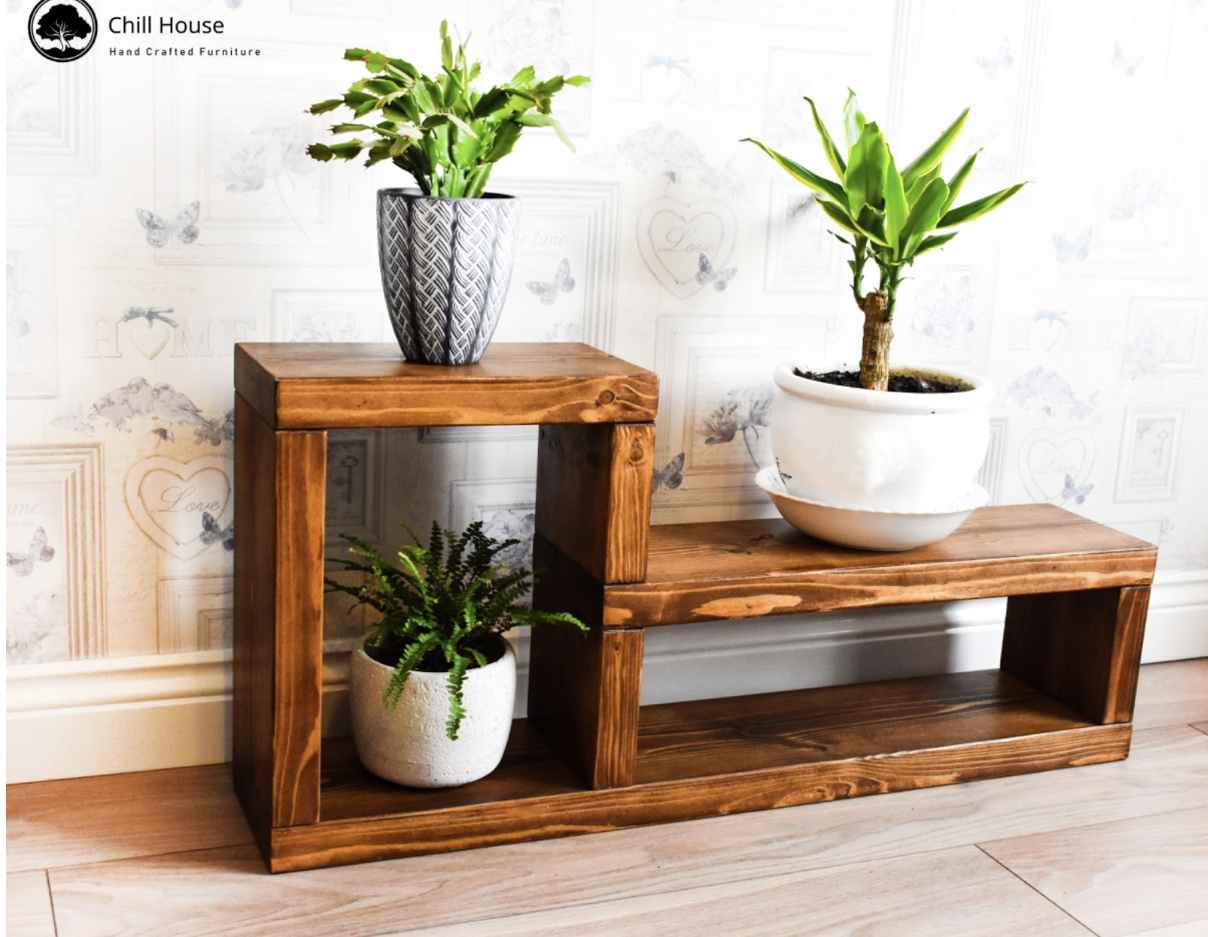
Wood through the ages – how our relationship with natural materials shapes modern interiors?
Wood has been with us since the beginning – silent, steady, and endlessly adaptable. Long before we built cities of glass and steel, we lived surrounded by forests. We built homes, tools, and furniture out of wood, shaping our environment with something that felt alive, something that carried warmth and memory. Even today, in a world of innovation and automation, wood remains one of the few materials that still evokes emotion. It’s not just a surface or a texture; it’s a story that continues to evolve with every generation. When we bring wood into our interiors – through floors, shelves, or furniture – we bring a fragment of nature indoors, a reminder of our roots in a world that’s increasingly digital and detached from the natural world.
Table of contents
- Introduction
- The human story written in wood
- From craftsmanship to industry
- The age of plastic and the quiet return to nature
- Why wood feels timeless
- The emotional and sensory impact of natural materials
- Sustainability and responsibility
- The new face of wood in design
- Conclusion
The human story written in wood
Every civilization, from ancient Egypt to modern Scandinavia, has found ways to express its identity through wood. The Egyptians crafted ornate wooden chests, the Japanese built temples that still stand centuries later without a single nail, and medieval Europe used oak beams that became the skeletons of entire towns. Wood was not only practical but deeply symbolic: a link between the earth and human creation, between permanence and change. It was warm, workable, and renewable long before sustainability became a conscious ideal. Over centuries, the use of wood evolved – from structural necessity to artistic expression – yet its role remained constant: it was always about balance, comfort, and connection.
In homes of the past, wood was not a luxury but a companion. People touched it daily, repaired it when needed, and passed it on to the next generation. In that sense, every scratch or mark was a record of life. Even today, when we see the patina of aged oak or the grain of walnut catching the light, we recognize something human in it – imperfect, enduring, and beautiful.
From craftsmanship to industry
The Industrial Revolution marked a turning point. What was once crafted by hand in small workshops became mass-produced in factories. The individuality of each piece of furniture – the subtle variations of hand-cut joints or naturally uneven finishes – gave way to uniformity. Veneers, laminates, and composite boards became the new norm. For a while, society equated precision and consistency with progress. And yet, something was lost: the quiet soul of the material.
In response, artisans fought to preserve traditional woodworking techniques, often combining them with emerging technologies to find a new balance. This hybrid philosophy is what defines much of today’s design scene – where digital precision meets the warmth of human craftsmanship. CNC machines cut wood with incredible accuracy, but the final sanding and finishing often still belong to the maker’s hands. It’s this partnership between man and machine that allows us to respect tradition while embracing innovation.
The age of plastic and the quiet return to nature
The mid-twentieth century brought plastics and synthetics that promised a world of convenience. For the first time, people could have lightweight, colorful, and cheap furniture that didn’t require maintenance. But as homes filled with artificial surfaces, something shifted. Interiors began to feel colder, more sterile, disconnected from the tactile qualities that wood naturally provides. The overuse of plastics and particleboard furniture became a visual language of disposability – and subconsciously, people began to crave authenticity again.
That’s when the quiet return to natural materials began. Scandinavian minimalism, Japanese wabi-sabi, and the growing biophilic movement all reintroduced wood as a core element of interior design. Designers started to value imperfection, celebrating knots, grain, and texture rather than hiding them. Reclaimed timber became a symbol of both environmental awareness and aesthetic honesty. Instead of disguising its history, wood began to proudly display it – cracks, uneven tones, and all – reminding us that real beauty comes from time and transformation.
Why wood feels timeless
The reason wood never goes out of style is simple: it adapts. It can be rustic or refined, dark and moody or pale and serene. It belongs equally in a mountain cabin and a modern loft. But beyond aesthetics, there’s a deeper reason it feels timeless – it engages the senses in a way no synthetic material can. Wood changes with light, with touch, and even with time. It grows richer and more complex as it ages.
A solid oak shelf or a walnut table tells a story every time you look at it – not a static piece of decor, but something alive. Unlike plastic or metal, it evolves. Its surface may deepen in tone, edges may soften, and the scent of natural wax or oil remains subtly in the air. This evolving quality mirrors our own lives. That’s why people feel an instinctive sense of calm around wood. It’s not nostalgia; it’s recognition. We see something ancient and familiar reflected in it.
The emotional and sensory impact of natural materials
Scientific studies in environmental psychology have confirmed what humans have always known intuitively: natural materials affect our mood and well-being. Wooden interiors have been shown to lower blood pressure and heart rate, promoting a feeling of comfort and relaxation. The brain interprets organic patterns like wood grain as calming and restorative – a visual echo of the natural world we evolved in.
Texture also plays a major role. Smoothly polished surfaces convey precision and cleanliness, while raw, uneven textures create a sense of warmth and authenticity. Designers now use these contrasts deliberately – a raw live edge shelf next to a sleek metal frame, or untreated oak paired with glass. The result isn’t just aesthetic harmony; it’s emotional resonance. It reminds us that beauty isn’t uniform – it’s layered, tactile, and alive.
Sustainability and responsibility
Today, as sustainability moves from trend to necessity, wood once again stands at the center of responsible design. When sourced properly, it’s one of the few renewable resources that stores more carbon than it emits during its lifetime. Reclaimed and FSC-certified wood has become a standard for designers who want to merge aesthetics with ethics. Using wood responsibly is no longer just about avoiding waste – it’s about contributing to a circular economy, where every plank and beam continues its story instead of ending in landfill.
Finishes have evolved too. Instead of chemical varnishes that trap the surface beneath a layer of gloss, modern woodworkers increasingly use natural oils and waxes. These finishes let the wood breathe, highlighting its texture while protecting it from wear. They’re safer for indoor air quality and gentler on the environment. In this sense, sustainability is not just about what materials we choose, but how we treat them – and how long we make them last.
The new face of wood in design
Contemporary interiors are redefining how wood can be used. It’s no longer confined to floors or furniture; it’s on walls, ceilings, and even lighting elements. Floating shelves, modular systems, and hybrid designs that combine wood with metal, glass, or concrete show how versatile this ancient material remains. Technology, instead of replacing craftsmanship, has become a tool to enhance it. CNC milling, 3D modeling, and digital finishing techniques allow for precision without sacrificing soul.
At the same time, the aesthetic language of wood is expanding. Light Scandinavian tones coexist with deep, charred finishes inspired by Japanese yakisugi. Designers mix reclaimed planks with contemporary geometry to create spaces that feel both new and nostalgic. What makes wood so enduring is that it holds contradiction gracefully – it can be minimalist and expressive, traditional and experimental, all at once. In modern homes, wooden elements often become the grounding point – the element that ties everything together amid glass, steel, and digital devices.
Conclusion
Our relationship with wood is ancient but ever-changing. It has survived revolutions, trends, and technological shifts, always adapting to new needs while preserving its essence. In every era, it has represented warmth, durability, and authenticity – qualities that remain as relevant as ever. In a time when we’re surrounded by artificial light and synthetic textures, the tactile presence of real wood feels like a return to something genuine. It reminds us of what’s essential: the beauty of imperfection, the value of craftsmanship, and the quiet dialogue between human creativity and the natural world.
When we choose to live with wood – whether through a single handcrafted shelf or a fully designed interior – we’re choosing more than style. We’re choosing connection. We’re honoring the forests that gave life to our homes and the makers who shaped them. And in that choice lies a truth that never fades: the future of design will always have its roots in nature.

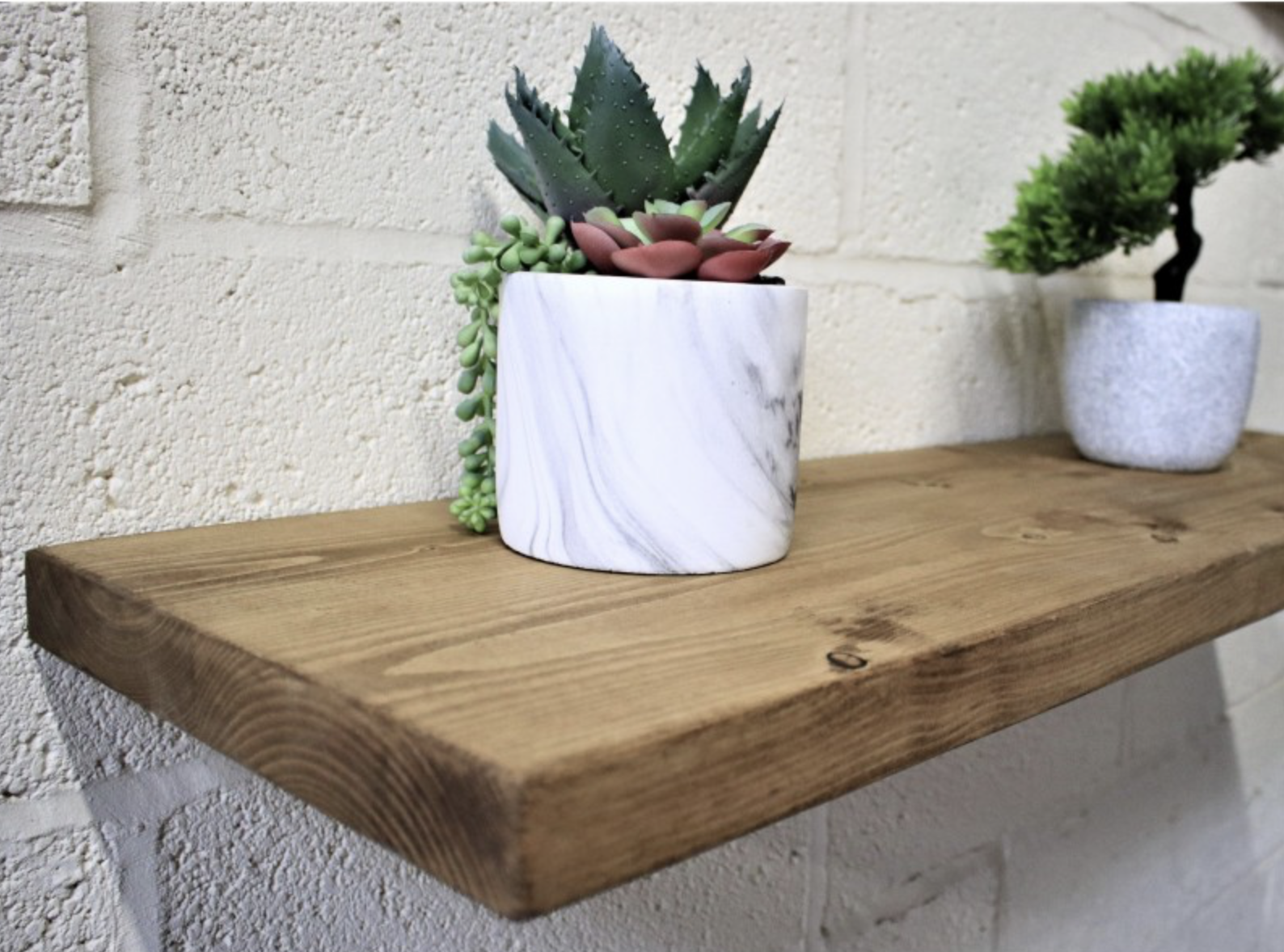
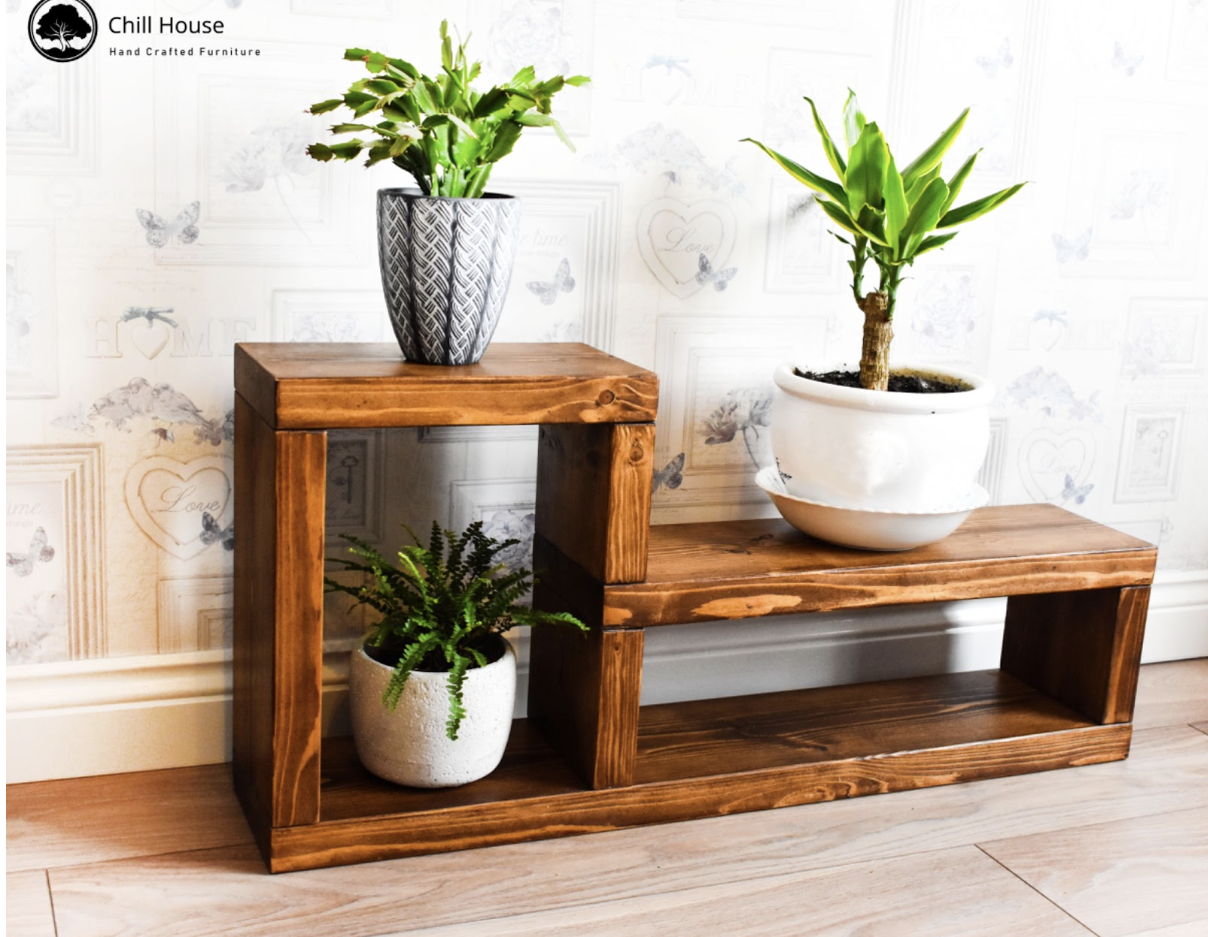
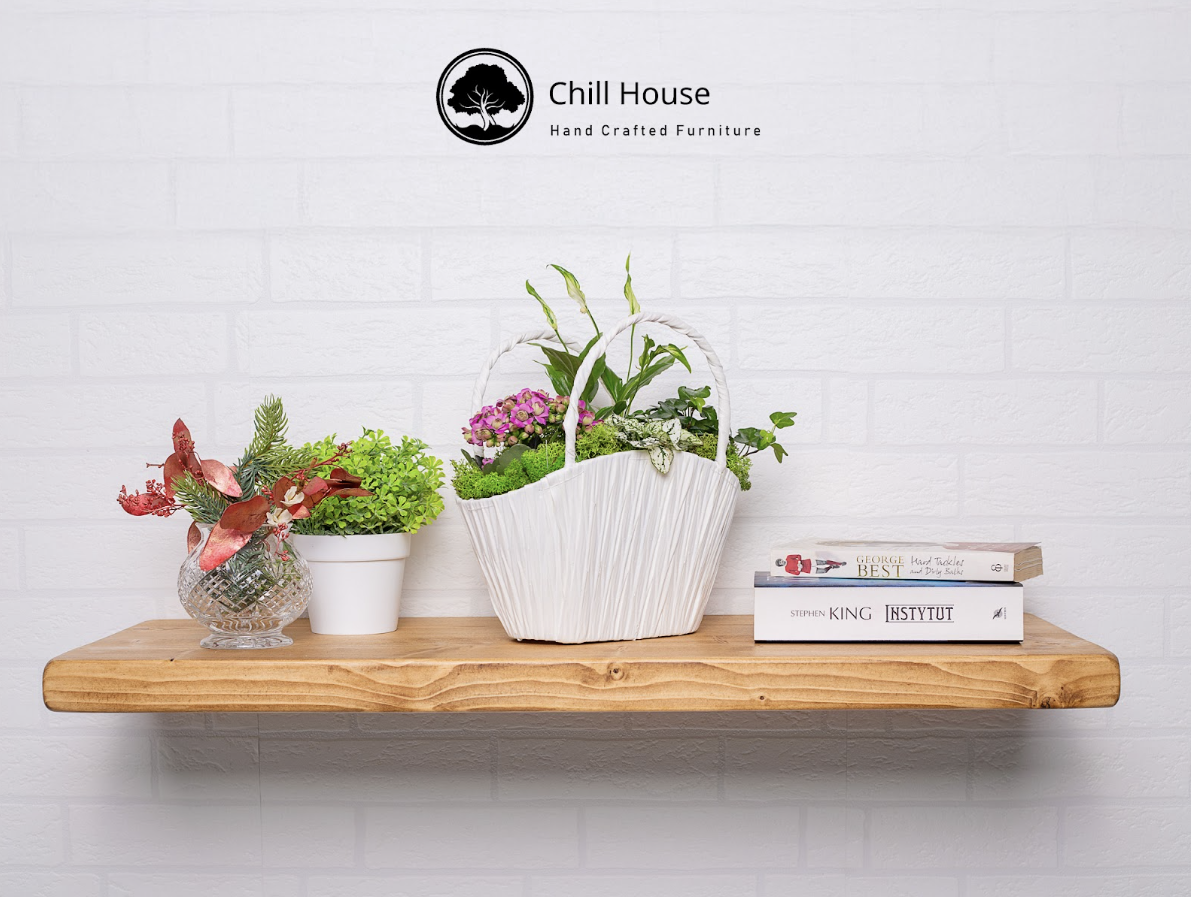


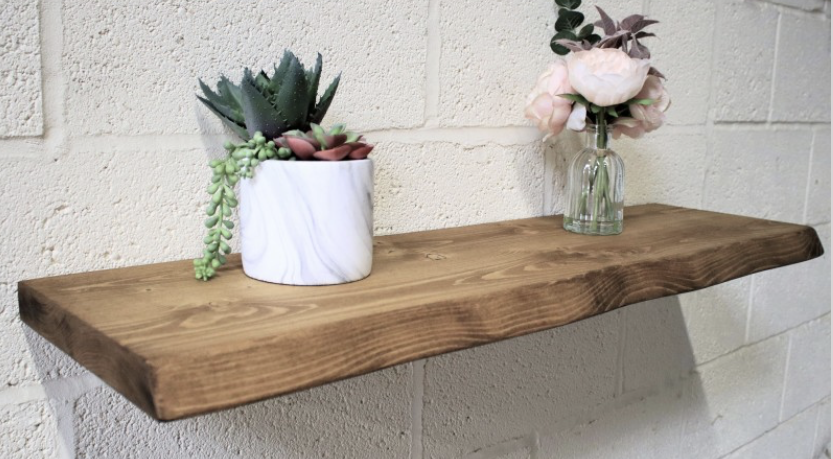
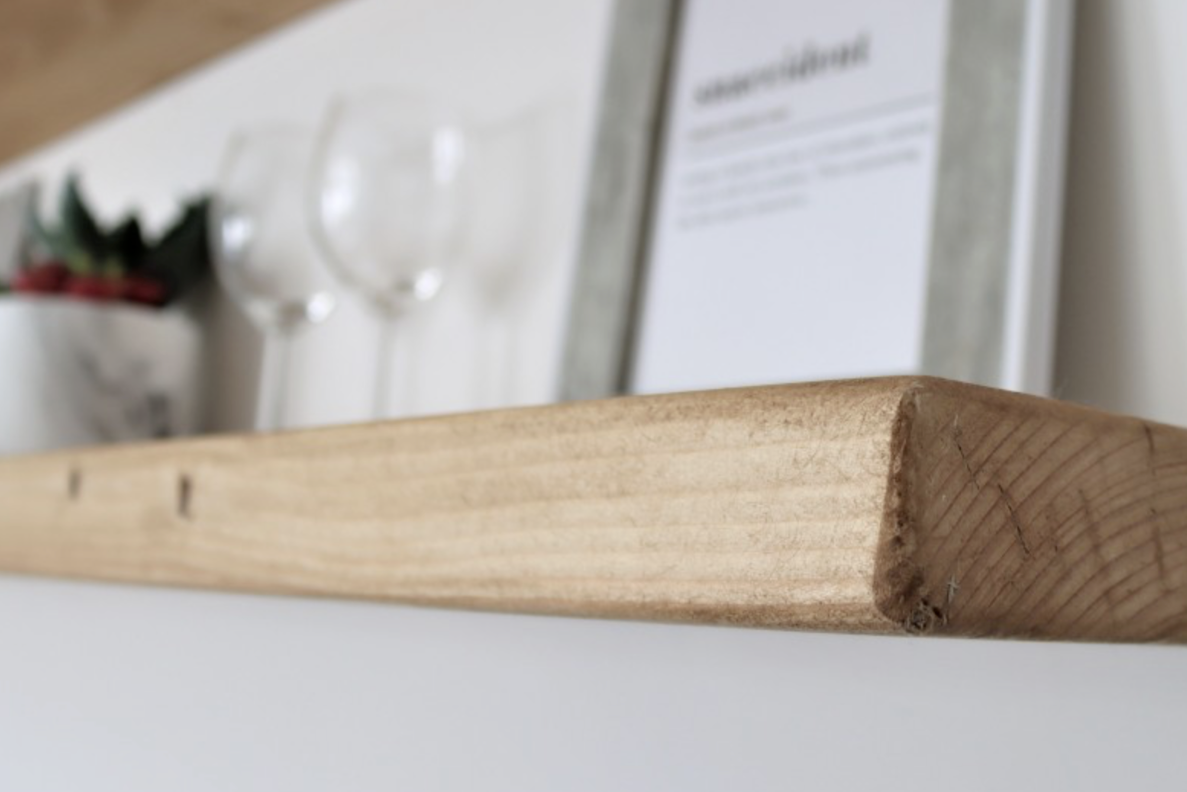
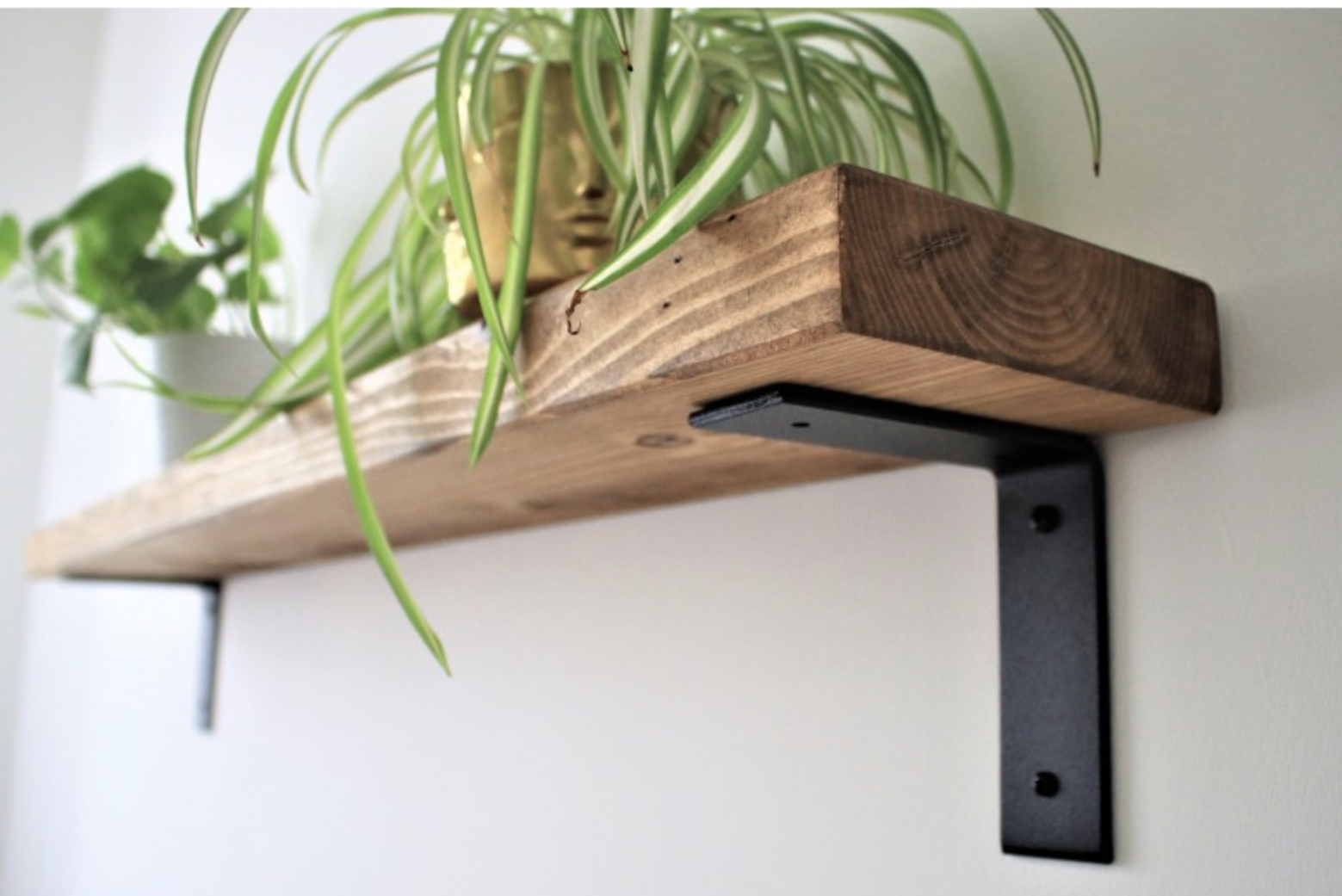
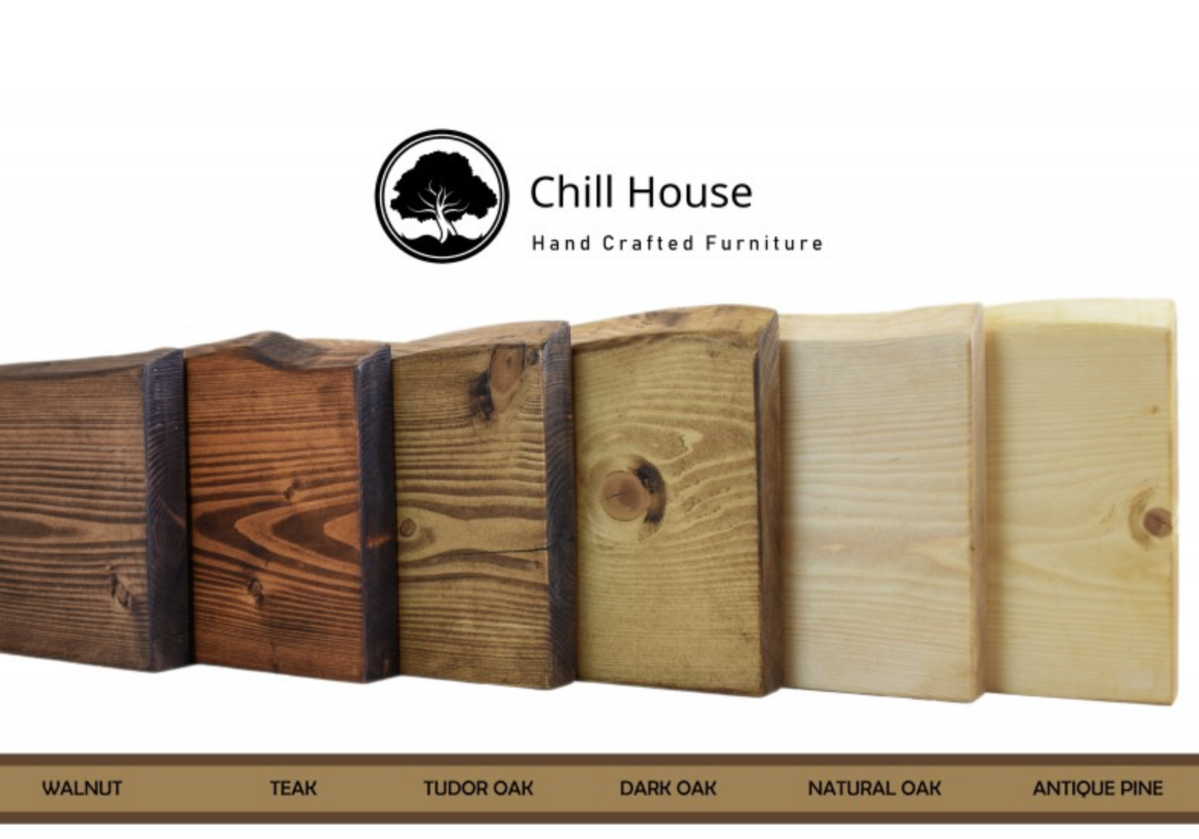
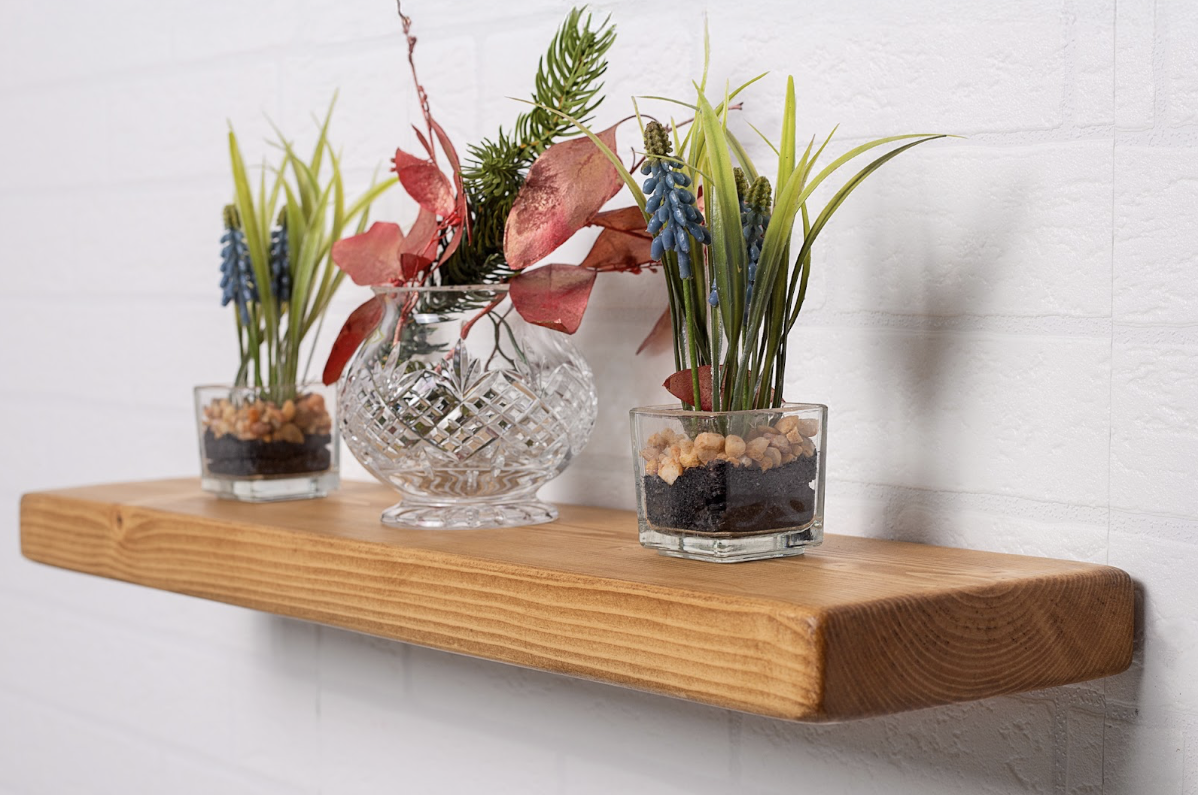





Leave a comment